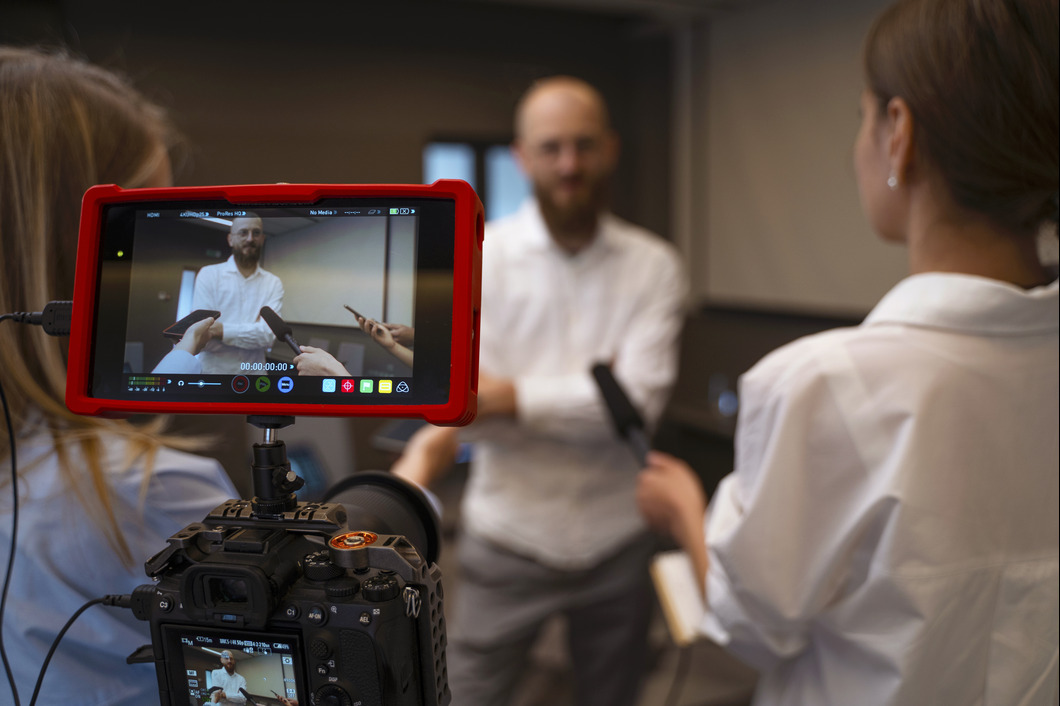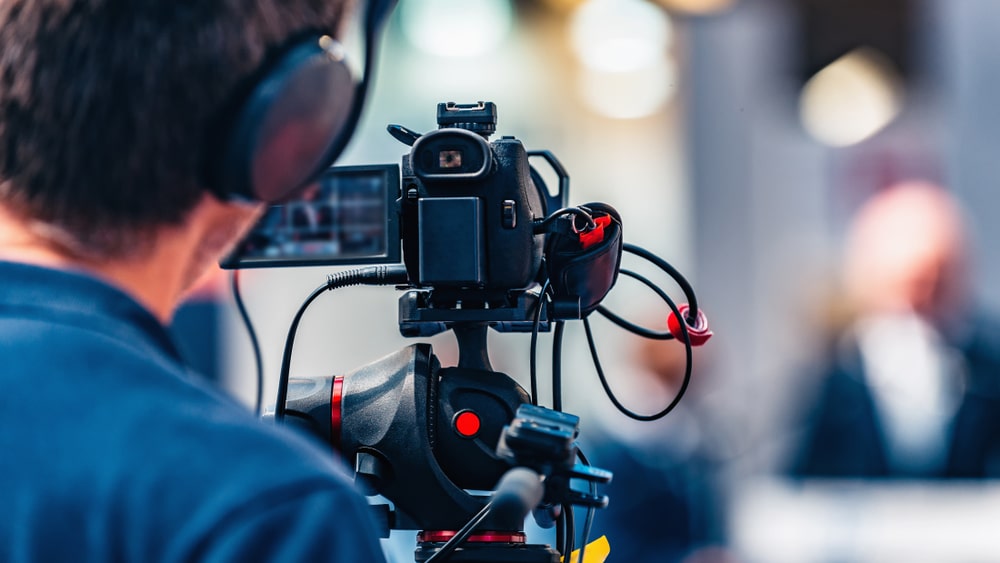Legal Videography: Strengthening Communication Between Lawyers and Clients
Legal Videography: Strengthening Communication Between Lawyers and Clients
Blog Article
Why Legal Videography Is Critical for Accurate Court Recordings
The role of legal videography in court room settings can not be overstated, as it offers as a vital device for preserving the stability of court documents. The implications of incorporating lawful videography into conventional court room practices increase vital questions regarding its more comprehensive impact on the legal system.
Value of Visual Proof
In the realm of legal procedures, the value of aesthetic evidence can not be overstated. Aesthetic proof serves as an effective device in establishing truths, supporting testaments, and enhancing the overall clearness of a situation. This kind of proof, that includes photographs, videos, and diagrams, can give a tangible context that verbal descriptions commonly do not have, therefore supplying courts and courts a more clear understanding of the conditions bordering an instance.
Moreover, aesthetic proof help in the retention of details. Human cognition is naturally aesthetic, and people are more probable to bear in mind and comprehend information presented in a visual format. In the court room, this can be crucial, as engaging aesthetic proof can persuade opinions and reinforce the story offered by lawful agents.
Additionally, the use of visual proof can decrease misconceptions and uncertainties that frequently arise from spoken exchanges. By giving a straight representation of events, aesthetic proof assists to eliminate subjective analyses and cultivates a much more objective examination of the realities. The combination of visual proof right into legal process not only enhances the integrity of the judicial procedure yet likewise enhances the likelihood of accomplishing a just end result.
Capturing Non-Verbal Signs
Using advanced videography strategies can substantially enhance the capture of non-verbal signs during lawful proceedings. Non-verbal interaction, including faces, body language, and eye call, plays a critical role in sharing emotions and purposes that may not be clearly mentioned in verbal statement. legal videography. Lawful videography utilizes high-def video cameras and strategic angles to make sure that these refined cues are recorded with clearness and precision
The capability to assess non-verbal behavior can supply beneficial context to statements made during court sessions. A witness's unwillingness or confidence can be translated via their posture or gestures, potentially influencing the court's assumption of reputation. The use of close-up shots can help focus on a speaker's expressions, permitting for a more nuanced understanding of the testimony.
Additionally, integrating multiple video camera angles can produce an extensive sight of communications, highlighting characteristics in between events entailed. This diverse technique not only improves the accuracy of the court document yet additionally help in protecting the stability of the judicial process - legal videography. Eventually, capturing non-verbal cues through lawful videography promotes a richer, much more complete representation of court room process

Enhancing Testimony Integrity
The reliability of testament can be substantially bolstered via the use of high-quality lawful videography. Video recordings offer as an objective medium that captures not just the talked words of witnesses however also the subtleties of their shipment, website link consisting of tone, pacing, and emotional expressiveness. This diverse documentation supplies a clearer understanding of the witness's reputation and objectives, which can be crucial in legal process.
Furthermore, lawful videography minimizes the capacity for misinterpretations that may arise from composed records alone. When jurors can observe a witness's behavior and body movement in combination with their testimony, they are much better equipped to evaluate the authenticity and reliability of the proof presented. This visual context can strengthen the testimonial narrative, making it extra engaging and reputable.
Furthermore, the visibility of a video clip recording can prevent potential disparities in statement. Witnesses may be extra mindful in their statements when discover this they know they are being taped, bring about even more exact and truthful accounts. Overall, premium lawful videography improves the stability of statement, making certain that the court has accessibility to a full and truthful depiction of the realities as shared by the witnesses.
Sustaining Appeals and Reviews
Lawful videography plays a crucial role in sustaining allures and testimonials by giving a thorough aesthetic document of court procedures. This visual paperwork captures not only the talked words of witnesses and lawyers but also the nuances of body language, intonation, and court room dynamics. Such elements can be crucial in comprehending the context of testimonies and debates offered.
In the appellate process, where the emphasis is on mistakes of legislation and procedural justness, a video record can act as an essential tool for appellate courts. It enables judges to evaluate the initial trial context, ensuring that decisions are based upon a total understanding of the procedures. The ability to visually check over here examine the temperament of witnesses or the interactions between events can expose insights that composed transcripts might neglect.

Furthermore, legal videography can help in clarifying uncertainties in testimonies or step-by-step rulings, consequently strengthening the basis for a charm. By offering a trusted, objective account of what taken place in court, legal videography not only sustains the integrity of the legal procedure but likewise encourages all celebrations entailed to make informed decisions concerning their cases.
Enhancing Court Room Processes
Enhancing courtroom effectiveness, legal videography enhances procedures by providing immediate access to visual documents of procedures. This modern technology allows courts, lawyers, and juries to review important testament and proof, ensuring that all parties have a clear understanding of the case. By capturing the nuances of verbal and non-verbal communication, videography enhances the record, making it much easier to comprehend the context and weight of testaments.

In addition, video recordings can facilitate remote engagement in hearings, permitting better versatility in scheduling and involvement, which is particularly valuable in complex instances involving numerous stakeholders.
Final Thought
To conclude, legal videography plays an essential duty in ensuring precise court recordings by providing crucial visual proof that captures both verbal and non-verbal interaction. This practice improves the integrity of statements, supports appellate evaluations, and streamlines court processes. By cultivating an extensive understanding of courtroom characteristics, lawful videography ultimately adds to extra equitable judicial results, enhancing the integrity of the legal system and promoting informed decision-making.
Report this page